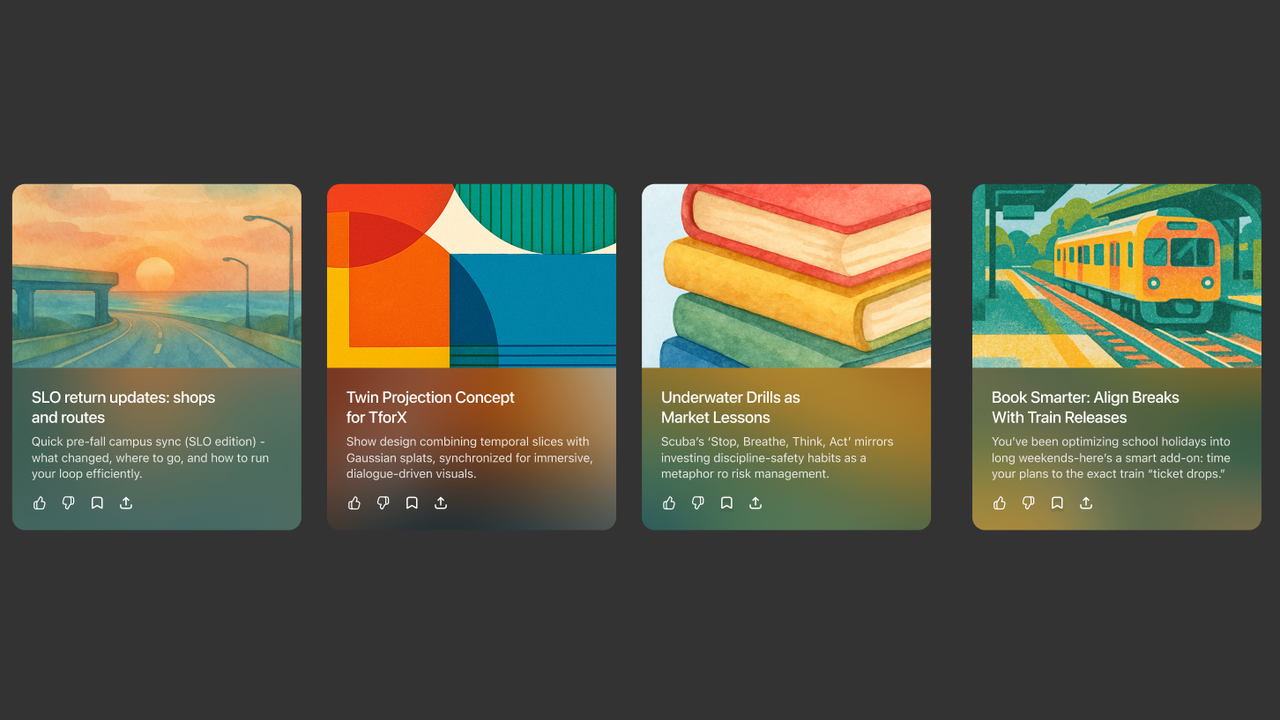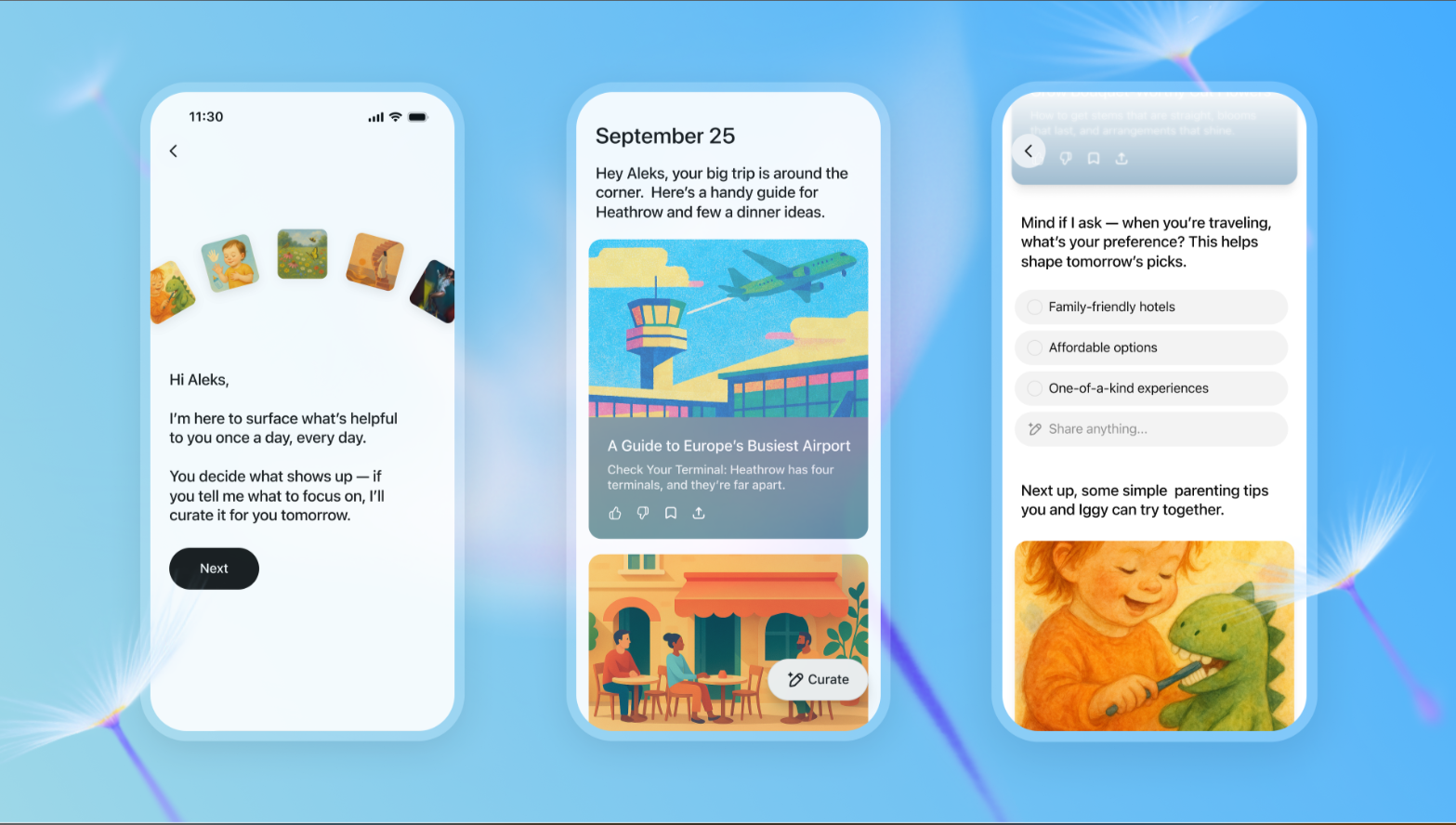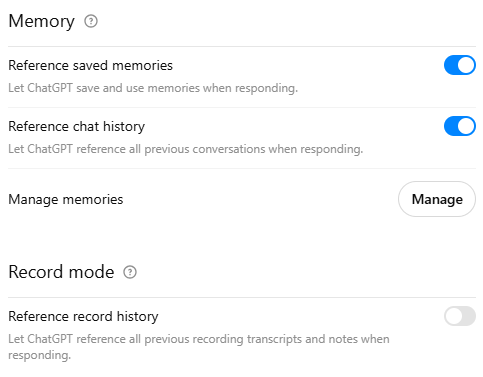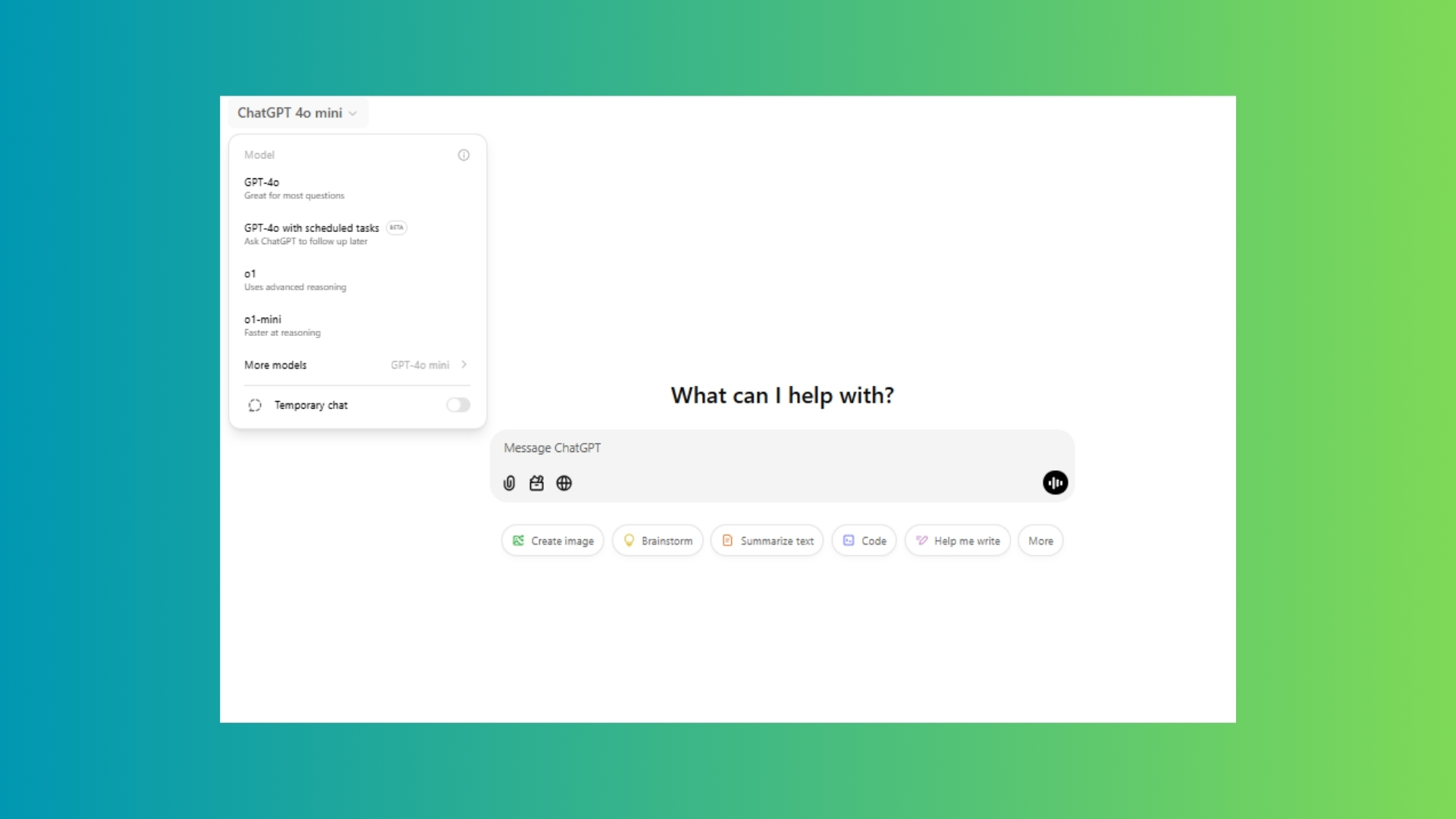
OpenAI just rolled out ChatGPT Pulse in preview mode to ChatGPT Pro mobile users in the United States. That leaves a lot of users without access to this experimental feature that promises to deliver a personalized daily feed of research, news and updates.
But if you don’t have access yet, there’s a simple workaround that lets you mimic the Pulse experience with features already built into ChatGPT. By combining Tasks and Memory, you can set up your own custom feed that works a lot like Pulse.
What is ChatGPT Pulse?

Pulse is essentially a personalized feed tailored to you based on the questions you’ve asked and searched on ChatGPT. Showing up right in your feed, now the chatbot automatically serves up a curated stream of headlines and insights based on your interests. Think of it as an AI-powered Flipboard, but inside ChatGPT.
The catch is that right now it’s $200/month, which is a bit steep for casual users.
How to recreate Pulse without a Pro subscription

Even if you don’t have Pulse, you can build your own daily AI feed using two free ChatGPT features: Memory and Tasks. Memory is currently available to all ChatGPT users, but there are some differences in how it works depending on your plan. All tiers have Saved Memories but features like chat history references and context-awareness are limited in the free tier.
Start by setting up a recurring Task. ChatGPT’s Task feature lets you schedule automations. For example, you can create one that runs every morning at 8 a.m. with a simple prompt like: “Give me the 5 trending news stories from the past 24 hours, plus one long-read worth saving for the train ride home.” Or, "Based on our conversations yesterday, give me a a curated feed for me."
Next, make sure your Memory setting is enabled. This ensures that the chatbot will take into account your interests, questions and conversations for your curated feed or tailored requests.
Layer in extras. To truly make it like Pulse, be sure to add in extras like asking the chatbot to include one-sentence under each headline about why the story matters or what it means for you. You could even set up a weekend recap every Sunday. Use it for everything from book recommendations to fitness tips, gaming cheat codes, tech deals and anything else you care about.
Then, very similar to ChatGPT Pulse, you'll wake up each day to a ready-made digest. This will continue until you remove the Task. And, unlike ChatGPT Pulse that offers just one curated feed a day, you could set up a morning, afternoon and evening feed to keep you updated.
Why this works

The biggest feature behind Pulse is Memory, which is already available to you as long as you’re signed in. Although this hack requires you to set up a Task rather than ChatGPT starting the conversation, it’s otherwise very similar.
OpenAI is moving fast with experimental features, getting comfortable with automations now means you’ll be ready when Pulse (or something like it) eventually ships to everyone.
Bottom line, don’t worry if you don’t have ChatGPT Pulse yet. With scheduled tasks and memory, you can build a personalized AI news feed today and start your mornings with the updates that actually matter to you.
Follow Tom's Guide on Google News and add us as a preferred source to get our up-to-date news, analysis, and reviews in your feeds. Make sure to click the Follow button!
More from Tom's Guide
- Just when I thought I'd tried all the Nano Banana trends, I discovered these 5 new ones — and I think I'm obsessed
- 5 totally free and under-the-radar ways to use NotebookLM — you’ll wish you tried them sooner
- Forget Nano Banana — this free Adobe image generator is just as good and I prove it with 7 prompt tests







